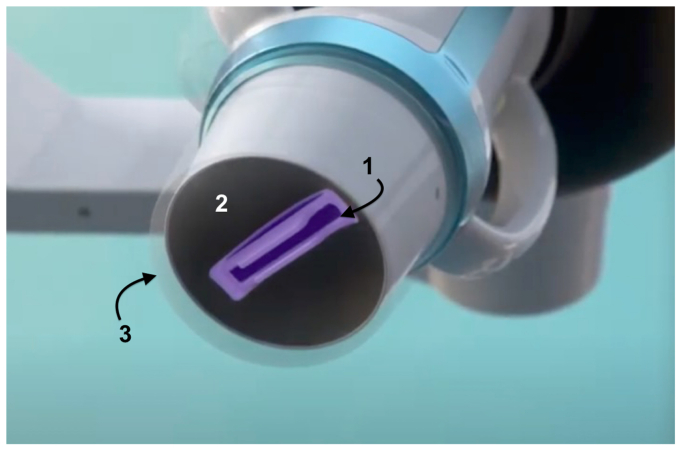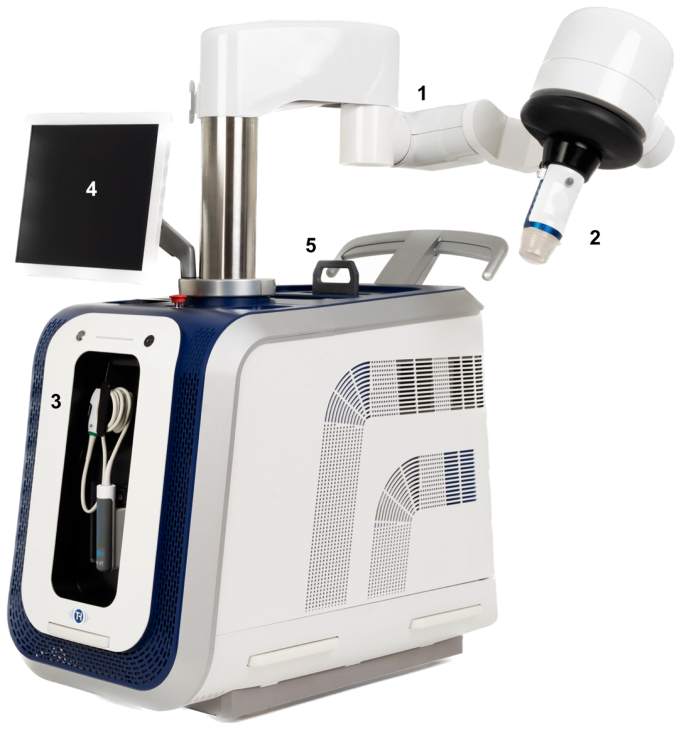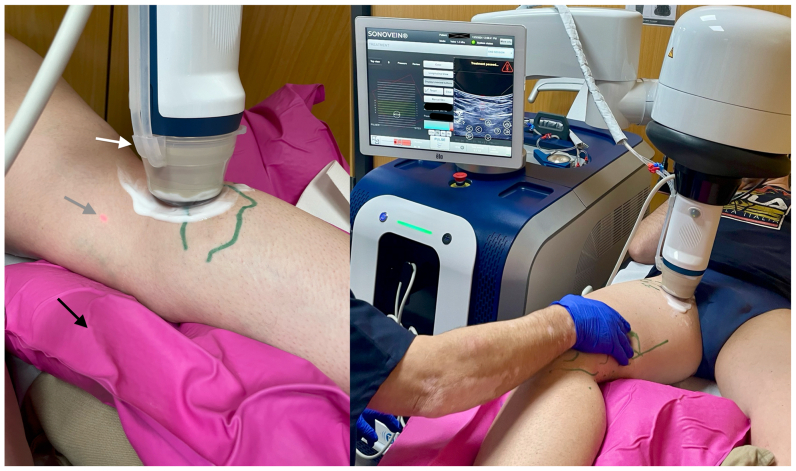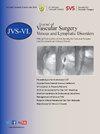基于chiva策略的高强度聚焦超声治疗慢性静脉疾病。
IF 2.8
2区 医学
Q2 PERIPHERAL VASCULAR DISEASE
Journal of vascular surgery. Venous and lymphatic disorders
Pub Date : 2025-03-19
DOI:10.1016/j.jvsv.2025.102233
引用次数: 0
摘要
导言:静脉腔内热消融等微创技术大大推进了慢性静脉疾病的治疗。高强度聚焦超声(HIFU)是一种非侵入性的替代热消融方法,无需经皮入路即可实现有针对性的静脉闭合。本研究评估了 HIFU 治疗结合 CHIVA 策略对浅静脉回流患者堵塞漏点的疗效:这项回顾性研究纳入了 2020 年 3 月至 2024 年 2 月期间使用 SONOVEIN® 设备治疗慢性静脉疾病的患者。纳入标准为有症状的患者(CEAP ≥ C2),且经超声确认为躯干静脉反流。年龄在 18 岁以下的患者:183 名患者(131 名女性,52 名男性;平均年龄 55.2 岁)的 204 条肢体接受了 HIFU 治疗。1周、1个月、6个月、12个月和24个月的初次漏点闭合率分别为85.1%、91.8%、93.7%、94.3%和95.5%。1周、1、6、12和24个月的二次闭合率分别为89.6%、95.4%、95.0%、95.4%和95.7%。24 个月时的一级和二级累积闭合率分别为 88.1%(95% 置信区间 (CI) 77.7-98.4%)和 92.1%(95% 置信区间 83.3-100%)。未发现重大并发症:高强度聚焦超声在CHIVA原则下应用可实现较高的漏点闭塞率,支持其作为慢性静脉疾病治疗的一种有效、安全的无创替代方法。该技术最大程度地降低了与热消融相关的风险,如皮肤灼伤和神经损伤,同时解决了传统方法的局限性。这些结果凸显了高强度聚焦超声作为静脉疾病治疗领域颠覆性技术的潜力。进一步的研究应评估其长期疗效和安全性。本文章由计算机程序翻译,如有差异,请以英文原文为准。



High-intensity-focused ultrasound treatment for the chronic venous disease based on the Cure Conservatrice et Hémodynamique de l’Insuffisance Veineuse en Ambulatoire (CHIVA) strategy
Objective
Chronic venous disease management has significantly advanced with minimally invasive techniques like endovenous thermal ablation. High-intensity focused ultrasound (HIFU) is a noninvasive alternative thermal ablation method enabling targeted vein closure without percutaneous access. This study evaluates the efficacy of HIFU treatment, combined with the Cure Conservatrice et Hémodynamique de l'Insuffisance Veineuse en Ambulatoire (CHIVA) strategy, in occluding leak points in patients with superficial venous reflux.
Methods
This retrospective study included patients treated for chronic venous disease using the SONOVEIN device from March 2020 to February 2024. Inclusion criteria were symptomatic patients (CEAP ≥C2) with ultrasound-confirmed truncal reflux. Patients under 18 years, with <12 months life expectancy, or isolated venous flow obstruction were excluded. Treatments followed CHIVA principles, targeting leak points and proximal vein segments for occlusion. Primary endpoints were leak point occlusion rates and procedural safety. In this study, primary efficacy was defined as vein closure with one treatment, whereas secondary efficacy was defined as the need for more.
Results
A total of 204 limbs in 183 patients (131 females, 52 males; mean age, 55.2 years) underwent HIFU treatment. Primary leak point occlusion rate at 1 week, and 1, 6, 12, and 24 months were 85.1 %, 91.8%, 93.7%, 94.3%, and 95.5%, respectively. Secondary closure rates at 1 week, and 1, 6, 12, and 24 months were 89.6 %, 95.4%, 95.0%, 95.4%, and 95.7%, respectively. Overall primary and secondary cumulative closure rates at 24 months were 88.1% (95% confidence interval, 77.7%-98.4%), and 92.1% (95% confidence interval, 83.3%-100%), respectively. No major complications were observed.
Conclusions
HIFU achieves high leak point occlusion rates when applied under CHIVA principles, supporting its role as an effective and safe noninvasive alternative for chronic venous disease treatment. The technique minimizes risks associated with thermal ablation, such as skin burns and nerve damage, while addressing limitations of conventional methods. These results highlight the potential of HIFU as a disruptive technology in venous disease management. Further studies should assess its long-term efficacy and safety.
求助全文
通过发布文献求助,成功后即可免费获取论文全文。
去求助
来源期刊

Journal of vascular surgery. Venous and lymphatic disorders
SURGERYPERIPHERAL VASCULAR DISEASE&n-PERIPHERAL VASCULAR DISEASE
CiteScore
6.30
自引率
18.80%
发文量
328
审稿时长
71 days
期刊介绍:
Journal of Vascular Surgery: Venous and Lymphatic Disorders is one of a series of specialist journals launched by the Journal of Vascular Surgery. It aims to be the premier international Journal of medical, endovascular and surgical management of venous and lymphatic disorders. It publishes high quality clinical, research, case reports, techniques, and practice manuscripts related to all aspects of venous and lymphatic disorders, including malformations and wound care, with an emphasis on the practicing clinician. The journal seeks to provide novel and timely information to vascular surgeons, interventionalists, phlebologists, wound care specialists, and allied health professionals who treat patients presenting with vascular and lymphatic disorders. As the official publication of The Society for Vascular Surgery and the American Venous Forum, the Journal will publish, after peer review, selected papers presented at the annual meeting of these organizations and affiliated vascular societies, as well as original articles from members and non-members.
 求助内容:
求助内容: 应助结果提醒方式:
应助结果提醒方式:


